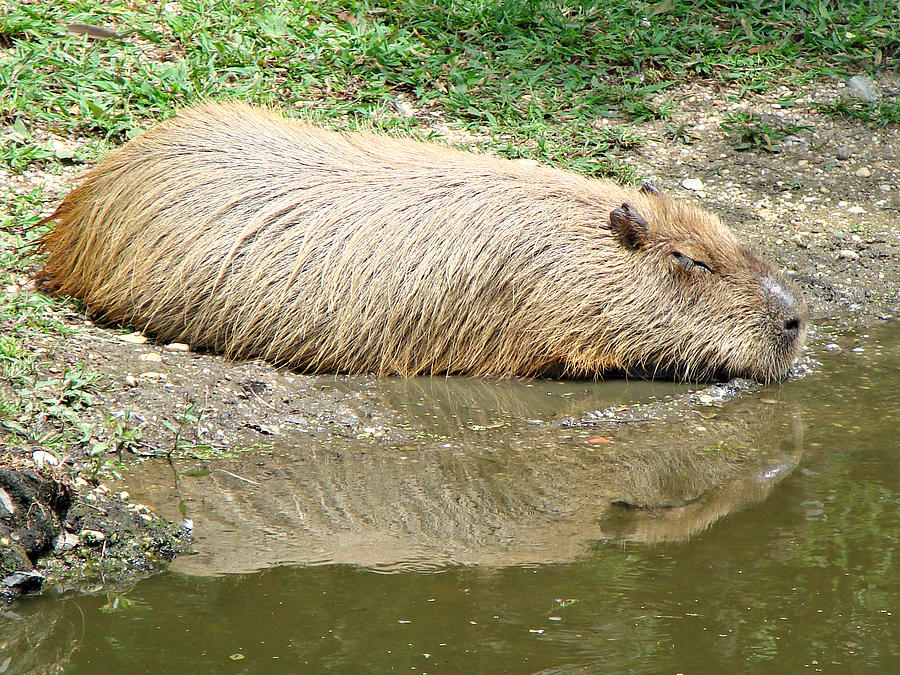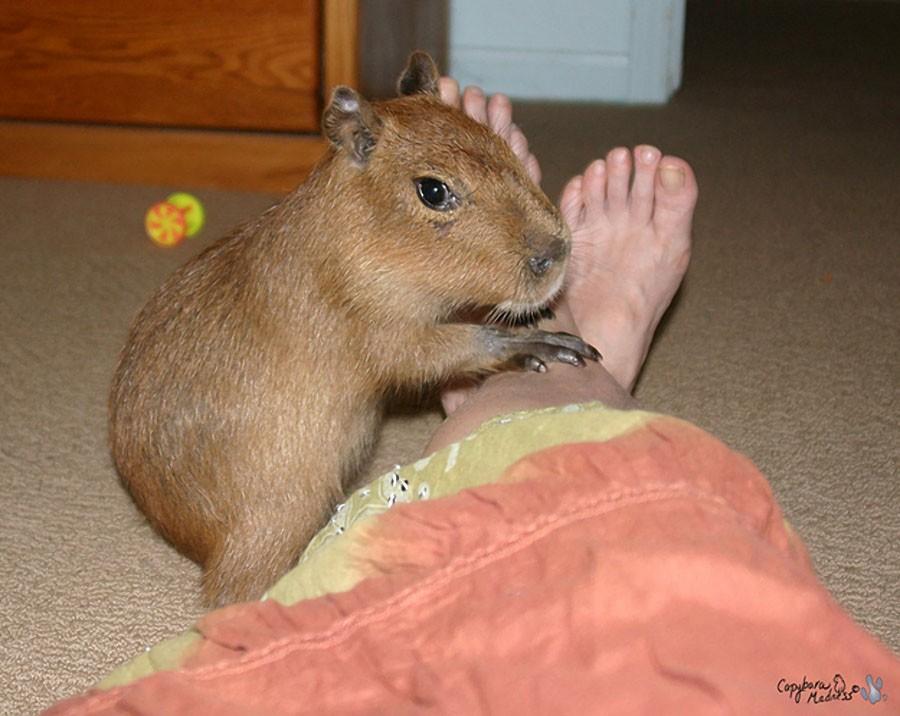
Affectionate and Adorable: Capybaras in their Sleep

When it comes to cute and cuddly animals, capybaras often steal the show. These lovable creatures are known for their friendly nature and unique appearance. But have you ever wondered what capybaras are like when they are fast asleep? Prepare to be charmed as we delve into the world of cute capybara sleeping!
The Sleepy Habits of Capybaras

Capybaras are semiaquatic mammals native to South America. They are the largest rodents in the world and are closely related to guinea pigs. These herbivorous animals are highly social and live in large groups. When it comes to sleep, capybaras are known to be quite flexible, often adapting to their surroundings and the behavior of their group.
Most capybaras are diurnal, meaning they are active during the day and sleep at night. However, their sleep patterns can vary depending on factors such as temperature, availability of food, and their overall sense of safety. Capybaras are known to be light sleepers and can wake up easily if they sense any potential danger.
A Cozy Slumber: Capybaras in Their Natural Habitat

One of the most fascinating aspects of capybara sleep is their ability to snooze in various positions. While they may appear awkward when awake, capybaras can find the most comfortable positions to catch some Z's. Whether it's lying flat on their bellies, curled up like a ball, or even floating in water, capybaras can sleep just about anywhere!
It's not uncommon to find capybaras sleeping in groups, piled on top of each other for added warmth and security. These adorable creatures are experts at creating a cozy slumber party atmosphere. They can often be seen nestled together, sharing body heat and providing a sense of comfort to one another.
The Importance of Sleep for Capybaras

Just like humans, capybaras require sufficient sleep to maintain their overall health and well-being. Sleep plays a crucial role in their physical and mental development, allowing their bodies to rest, repair, and rejuvenate.
During sleep, capybaras enter different stages, including rapid eye movement (REM) sleep and non-rapid eye movement (NREM) sleep. These stages are essential for various physiological processes, including memory consolidation, hormone regulation, and brain function.
Creating a Sleep-Friendly Environment for Capybaras

If you are fortunate enough to have capybaras as pets or encounter them in the wild, it's crucial to provide them with a sleep-friendly environment. Capybaras prefer areas with dense vegetation and access to water, as it allows them to cool down during hot weather and provides a sense of security.
When creating a sleep-friendly space for capybaras, it's important to consider their natural habitat. Providing hiding spots, cozy burrows, and soft bedding can help replicate their preferred sleeping conditions. Additionally, ensuring a quiet and calm environment will help capybaras relax and get the rest they need.
In Conclusion
Capybaras are not only adorable when they are awake but also incredibly cute when they are fast asleep. Their flexible sleeping habits and ability to find comfort in various positions are truly remarkable. Understanding the importance of sleep for capybaras and creating a sleep-friendly environment for them is essential for their overall well-being. So, next time you come across a snoozing capybara, take a moment to appreciate their cuteness and the importance of a good nap!